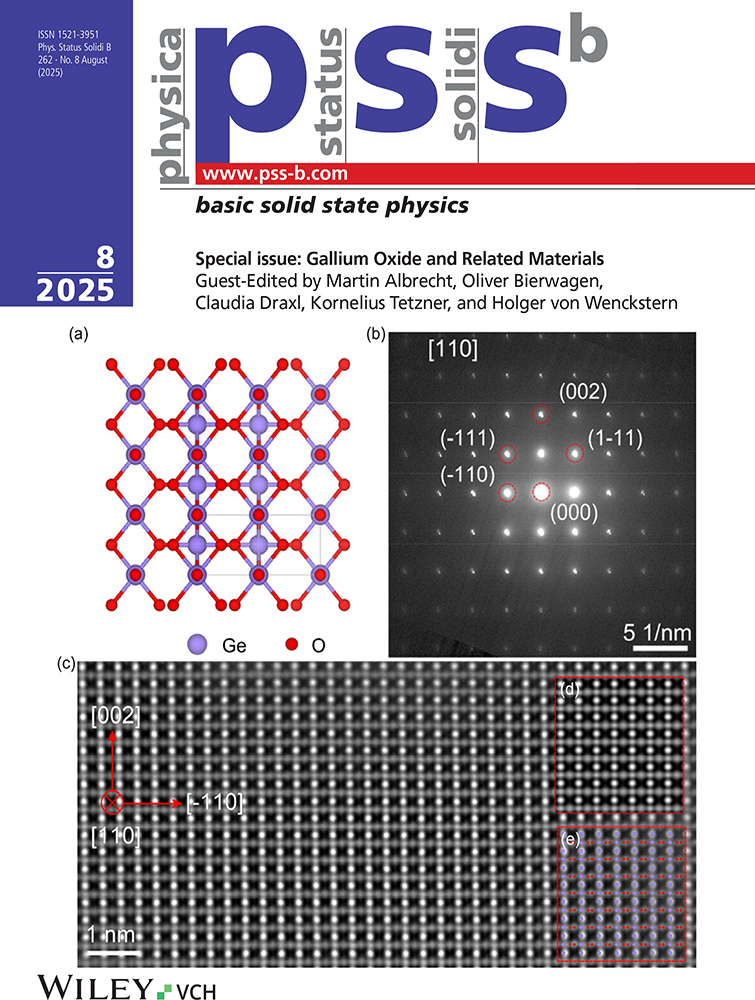Coupled Pairs of Cu+OCN− in KCl Studied by Optical Absorption and Thermally Stimulated Depolarization Current
Cx. Postal 369, 1350 São Carlos, SP., Brazil.
Abstract
enCu+-OCN− coupled pairs are observed through a systematic correlation study of different KCl + 1 at% CuCl, KCl + 1 at% KOCN, and KCl + 1 at% KOCN + 1 at% CuCl single crystals. The optical absorption measurements show that the forbidden 3d10 + 3d94s transition Cu+ is completely split when disturbed by an OCN− molecule. As a result new Cu+ absorption bands besides the 260 nm partially allowed transition are observed at 218, 228, 242, and 251 nm. These new bands are attributed to interaction with OCN−. The thermally stimulated depolarization current (TSDS) is best fitted when the OCN− perturbed Cu+ is considered to be a double relaxation type system rather than a single one. This is very well borne out for the two last single crystals samples. Also the presence of an unwanted isotopic impurity 18O1214N− is discussed in the doped samples. Furthermore through a thermal process it is shown that there is effectively a coupling between Cu+ and OCN−.
Abstract
deOn reporte dans cette étude, le couplage entre Cu+-OCN− atravers une étude systématique des differents cristaux KCl + 1 at% CuCl, KCl + 1 at% KOCN et KCl + 1 at% KOCN + lat% CuCl. Les mesures optiques montrent que la transition 3d10 → 3d94s de Cu+ est divisee par l'introduction de la molecule OCN−. Ainsi, des neuvelles bandes auprks de 260 nm partiellement permis, sont observés à 218,228,242 et 251 nm. Ces nouvelles bandes sont attributées à l'interaction avec OCN−. La méthode de courant de dépolarisation thermiquement stimulée (TSDC) donne des bonnes resultats quand on tien-compte des deux relaxations et ceci a éte verifié sur les deux derniers cristaux. Autrement, on discute la présence d'impurete (18O12C14N−) dans ces échantillons. En outre, on a verifié par la processus thermique, le couplage entre Cu+ et OCN−.




